Biological Concepts — Lab 12 online
ANIMAL DIVERSITY, part II:
Deuterostome phyla
|
Instructions: Study all the visual information in this online lab, plus the accompanying explanations. Be prepared to answer a few "check-in" questions to show that you were paying attention. |
Deuterostome phyla

Phylum Echinodermata


Above left: starfish among sea urchins Below right: starfish anatomy
 Crinoid (sea lily) | 
|  Starfish (sea star) | 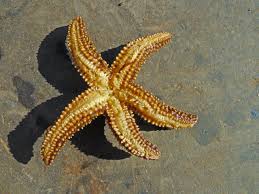 Underside of a starfish | |
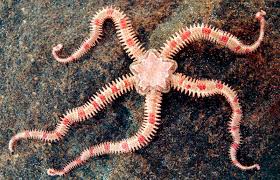
| 
| 
| 
| 
|
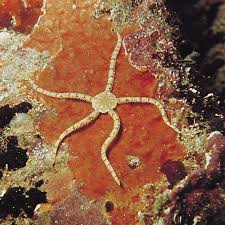 Brittle stars (Ophiuroidea) | 
|  Sea urchins (Echinoidea) | 
| 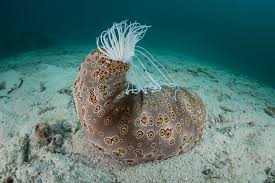 Sea cucumbers (Holothuroidea) |
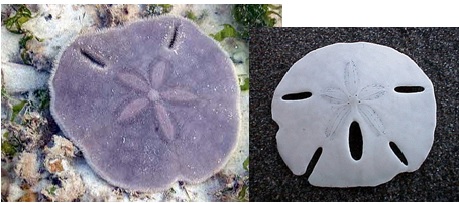
| Sand dollars are also echinoids— they are basically flattened sea urchins with reduced spines. Instead of hovering along the surface of the sea floor as most sea urchins do, they maneuver their bodies into the top 1-2 cm of sediment. |
PHYLUM CHORDATA

Class AGNATHA (Jawless fishes)
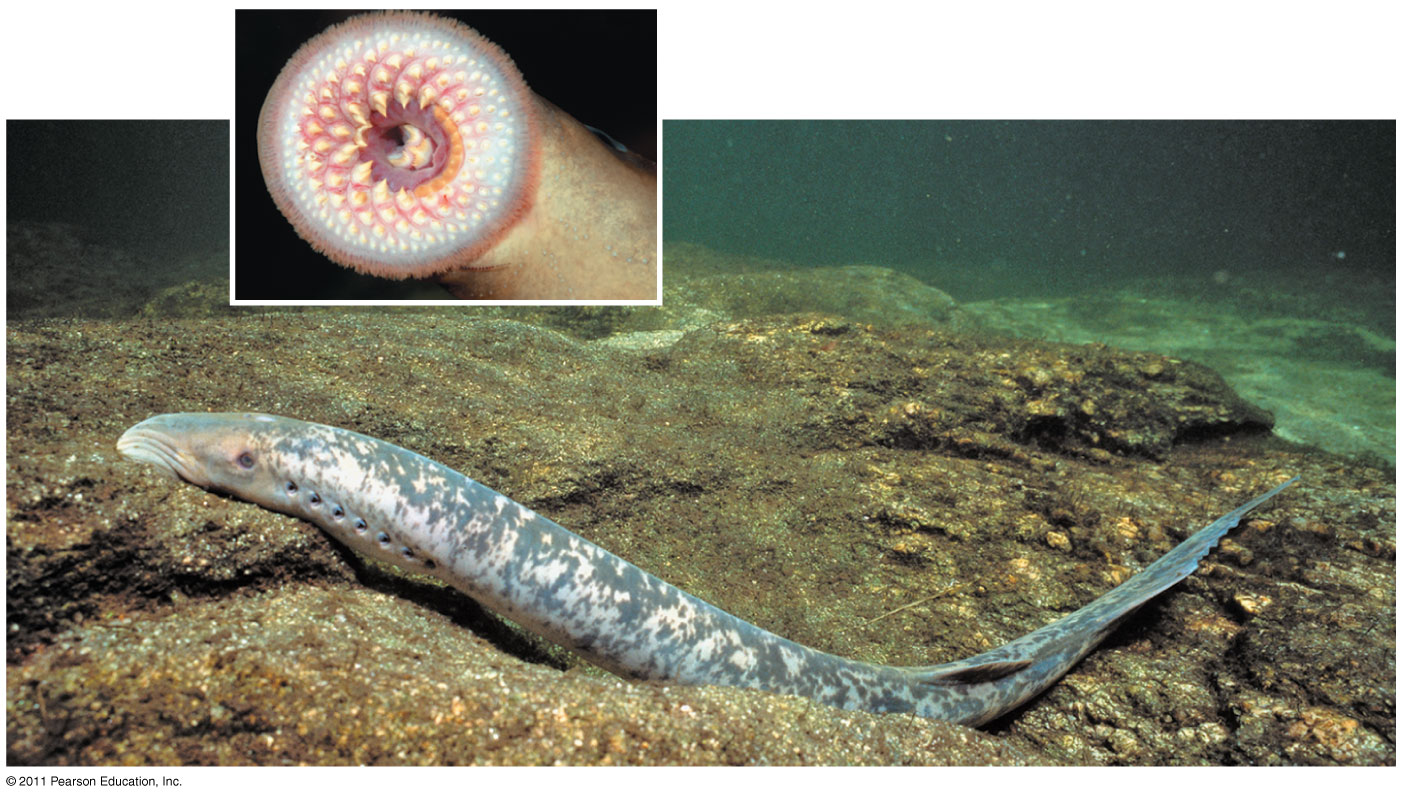
Lamprey, a modern cyclostome
ORIGIN OF JAWS

Jaws probably evoloved from gill arch supports.

Dunkleosteus, also known as Dinichthys, was a large fish up to 15 meters (50 feet) long.
Vertebrates were not an ecologically important group of animals until jaws evolved.
Class CHONDRICHTHYES


Notice the heterocercal tail in this shark,
and the 5 externally visible gill slits
Class OSTEICHTHYES

Anatomy of a bony fish.
Notice the swim bladder, a lung that has been transformed
into a hydrostatic organ capable of controlling buoyancy (and thus the depth at which the fish swims)

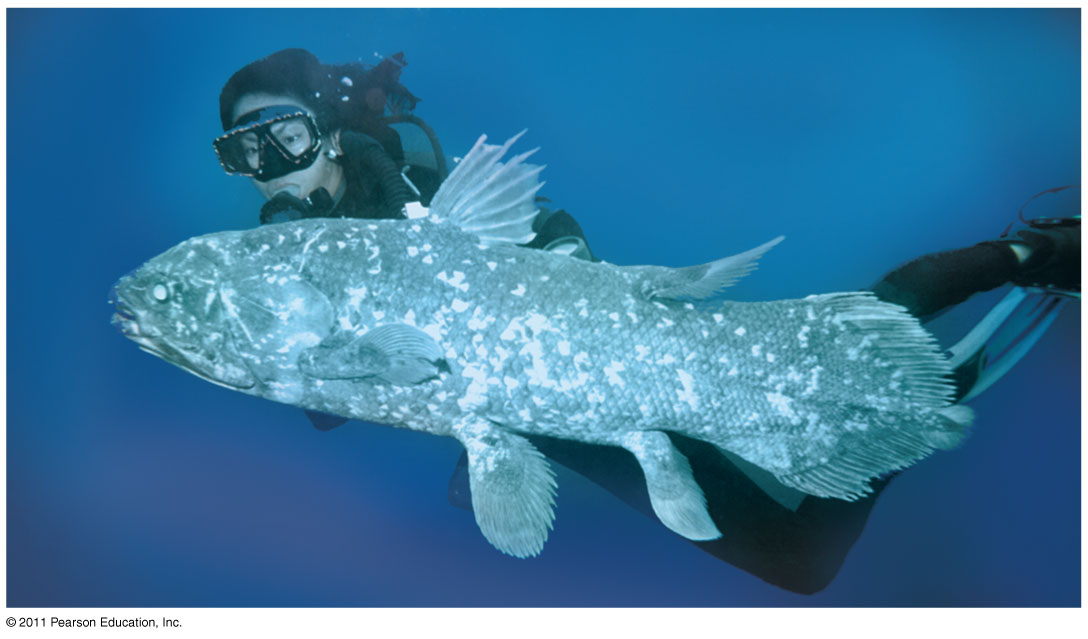
Latimeria, the only living member of the Crossopterygii
Class AMPHIBIA


Class REPTILIA
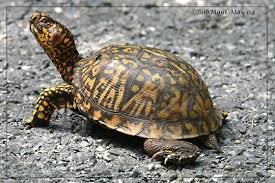
A box turtle
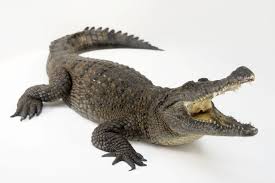
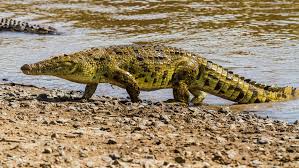
Crocodiles

Family tree of dinosaurs.
Notice, in the lower corners, the different pelvic girdle structure in the two orders.

A lizard. Notice the sprawling posture typical of reptiles.

Closeup of a lizard, showing the scaly skin.

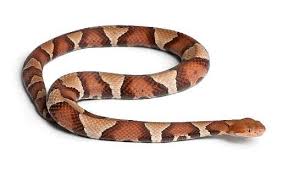
Snakes
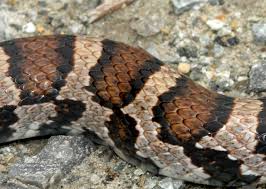
Closeup of snake skin
Birds (AVES)
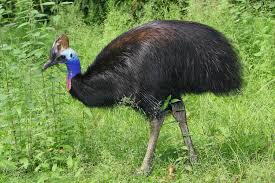

Cassowary (a flightless bird) Frigate bird .
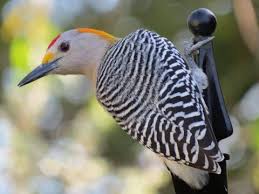
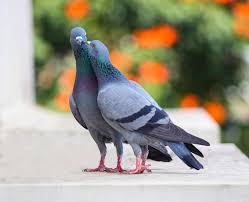
Woodpecker (notice the sharp, chisel-pointed bill) Pigeons


Two perching birds (order Passeriformes)
The toes of these birds grip tightly around small branches,
even while the bird is asleep. It takes muscular effort to
release the grip, but not to maintain it.
MAMMALS (Class Mammalia)
  An early member of the order Carnivora   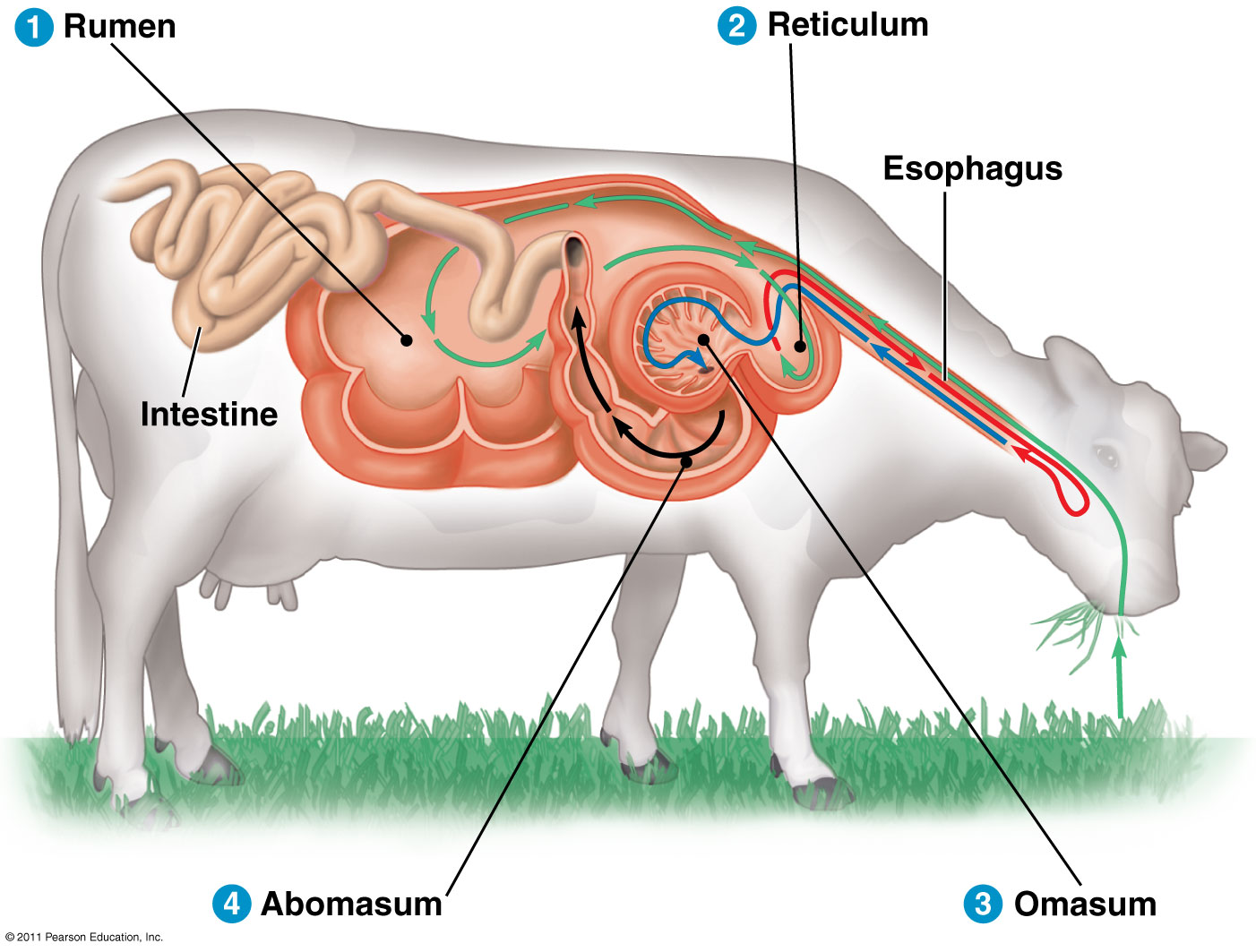 Ruminant artiodactyls have a partitioned stomach, with four chambers |
| Order Marsupialia: opossums, kangaroos, koalas, etc. 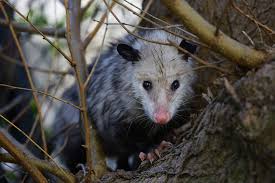
| 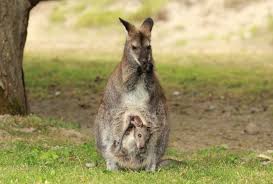
| 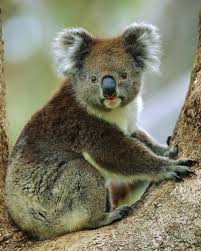
|
| Order Lipotyphla (Insectivora): moles, shrews, etc. 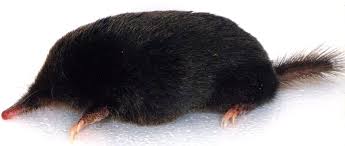
| 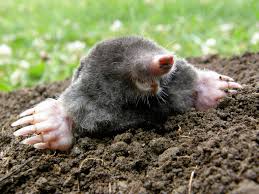
| 
| |
| Order Chiroptera: bats 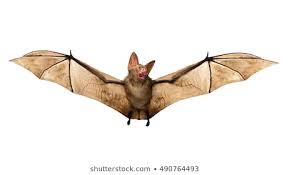
| 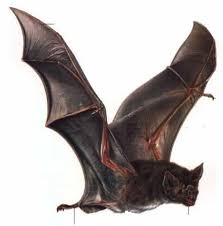
| 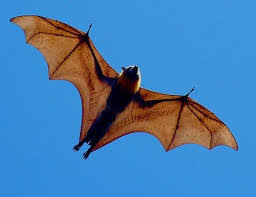
| |
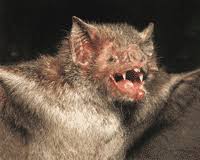
| 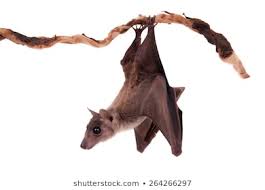
| 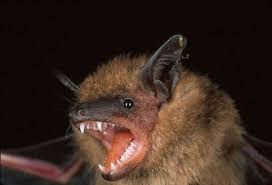
| |
| Order Rodentia:
rats, mice, squirrels, beavers, porcupines, etc. 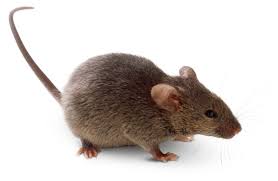
| 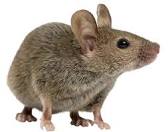
| 
| |

| 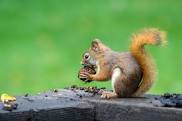
| 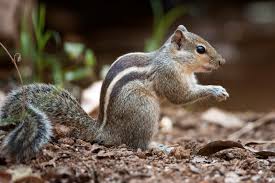
| |
Order Lagomorpha:
rabbits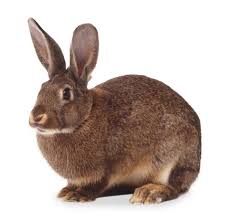
| Order Pholidota:
pangolins
| Order Tubulidentata:
aardvarks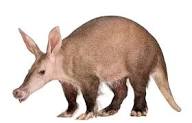
| |
| Order Carnivora: dogs, bears, racoons, weasels, skunks, cats, hyaenas, civets, seals, walruses 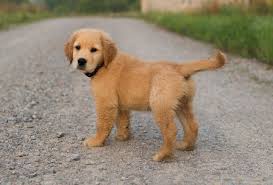
| 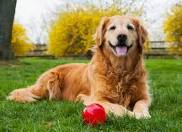
| 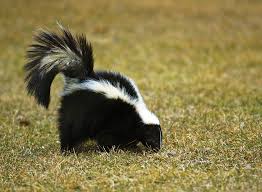
| |

| 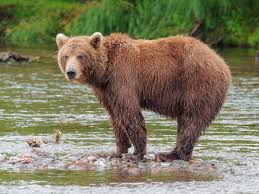
| 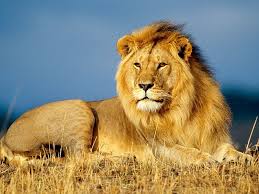
| |
| Order Cetacea: whales, porpoises, dolphins 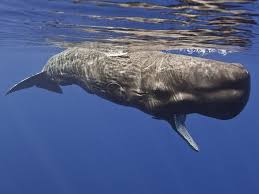
| 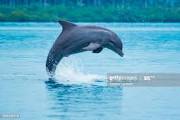 
| 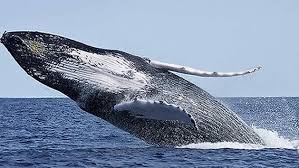 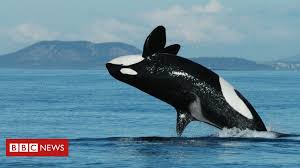
| |
| Order Perissodactyla: horses, rhinos, tapirs 
| 
| Order Proboscidea: elephants 
| |
| Order Artiodactyla: pigs, hippos, camels, deer, giraffes, antelopes, goats, sheep, cattle 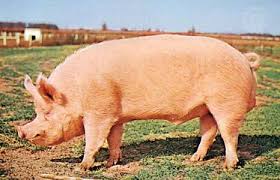
| 
| 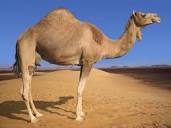
| |
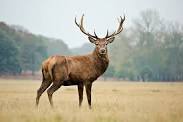
| 
| 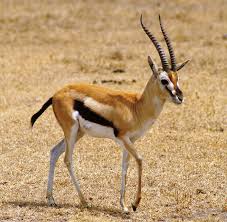
| |
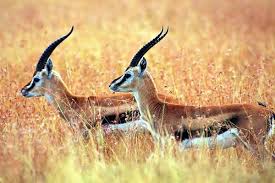
| 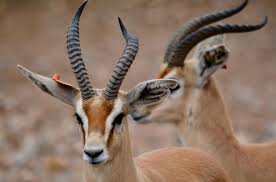
| 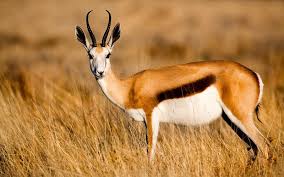
| |
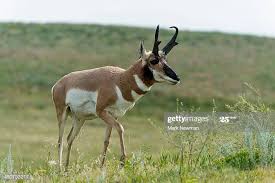
| 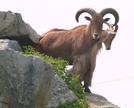
| 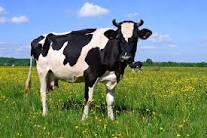
| |
· · · • • • • • · · ·
Click here for the
Check-In questions
—— Rev. Sept. 2020 ——